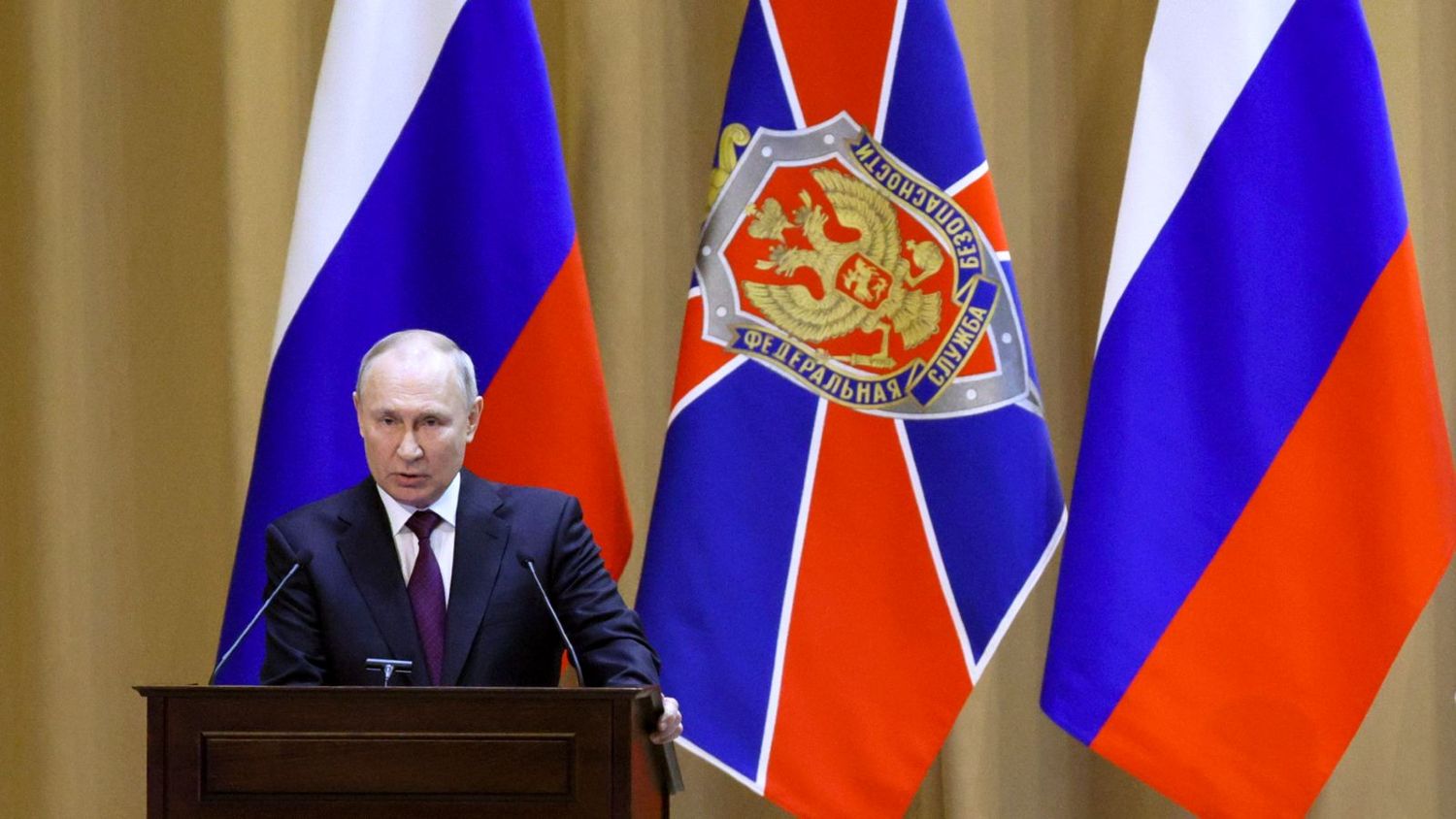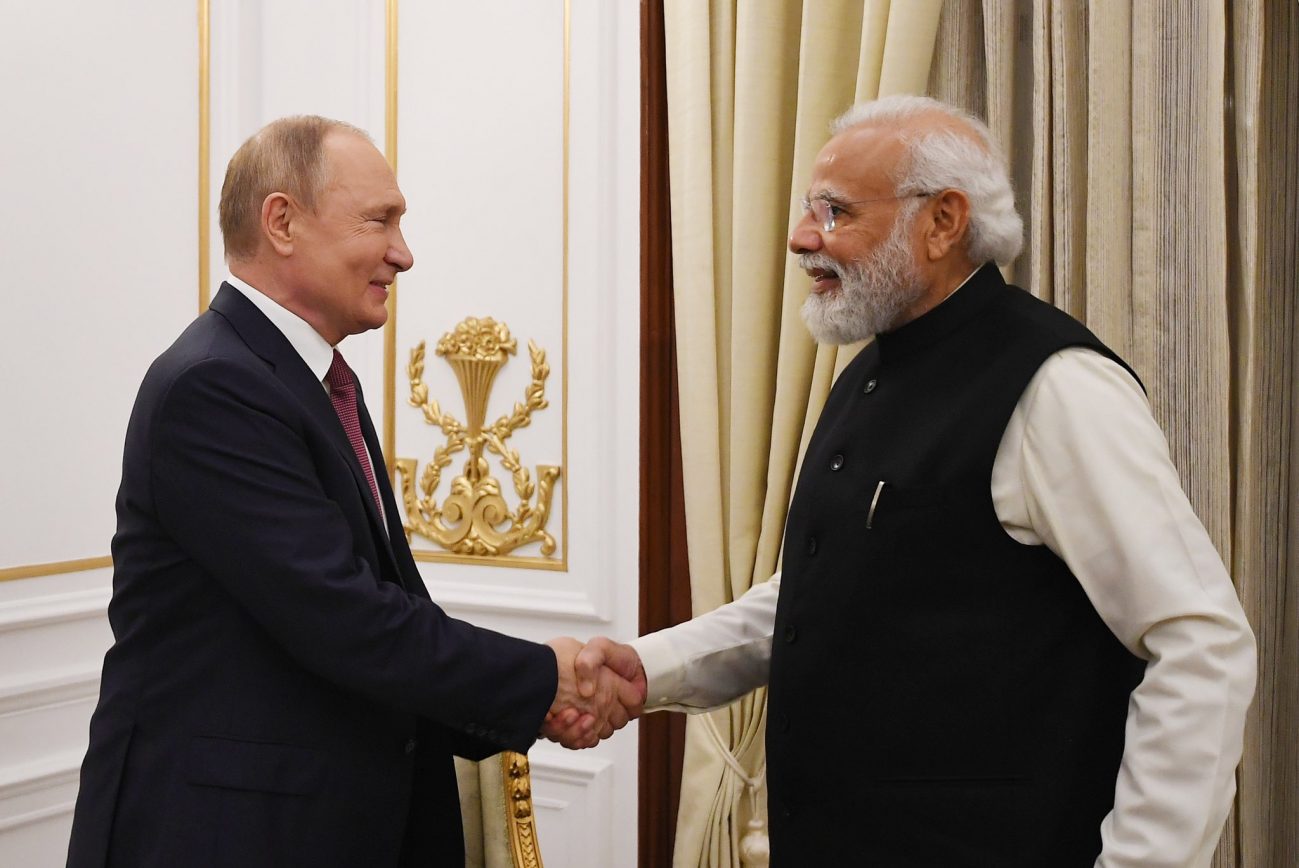OPED By Vaishali Basu Sharma
“The Far East is Russia’s strategic priority for the 21st century, and we will stick to this.” These are the words with which Russian President Vladimir Putin began his speech at the Eastern Economic Forum (EEF) Plenary session in Vladivostok on September 12.
Established in 2015, the Eastern Economic Forum (EEF) is an annual international forum in Vladivostok, Russia, primarily to encourage investment in the Russian Far East. Since its formal inception, the forum has become an essential platform for discussing investment and strategic issues in the Russian Far East, the Arctic, and the entire Asia-Pacific region between host Russia and foreign partners India, China, Laos, Mongolia, and ASEAN nations.
At the 8th Far Eastern Economic Forum (FEEF), between September 10 and 13, President Putin presented a blueprint of Russia’s trade and investment strategy towards Asia, especially with countries such as China, Japan, Korea, India, and the ASEAN nations in addition to Russia’s Arctic ambitions.
Far East Is Russia’s Strategic Priority
Russia holds the world’s largest natural gas reserves and the eighth-largest crude oil reserves. Spread over four time zones, the vast Russian Far East has a wealth of petroleum resources and an estimated 14.5 trillion cubic meters of gas reserves. Recent years have witnessed increasing interest in investment in the oil resources in East Siberia and the Far East.
Emphasizing the importance of the Russian Far East as it is a strategic region, President Putin said that “the development of the Far East is an absolute priority for Russia, a direct priority for Russia as a whole for the entire 21st century because it is a colossal region with a small population but huge potential. Of course, this is a strategic interest for the country.”
In response to the war in Ukraine, the European Union (EU), Russia’s primary market for its energy exports and source for export-based revenues, has implemented several rounds of increasingly punitive sanctions, which involve disconnecting leading Russian financial institutions from SWIFT and banning coal and all seaborne crude oil and petroleum product imports from Russia.

But Russia increased trade with countries where it can sell and ship, mainly to China and India. “Russia’s trade with Asia-Pacific countries increased by 13.7 percent and added another 18.3 percent in the first six months of this year. It was up 13.7 percent for the whole last year. This year, it is up 18.3 percent just in the first six months,” the FEEF commented.
The 1.6 Billion Market Is An Attraction
President Putin said he expected “trade with the APR (Asia Pacific Region) countries and economic relations in general to expand further because Russia, and its Far East, is open to strengthening trade and cooperation ties. The potential of such cooperation cannot be overestimated.” This time, Russia is looking to replace the European market of 450 million consumers with a Far Eastern one of 1.6 billion.
Russia has begun to provide a set of fiscal incentives to encourage companies to invest in the oil resources in its Eastern Siberia and Far East region, like free land, the creation of a massive tax-free zone throughout Arctic Russia, special economic zones offering corporate and individual income tax breaks and reduced utility services.
Amidst China’s inroads in the region, Moscow has been keen for India to make substantial investments. India has revived the maritime route between Vladivostok and Chennai. Indian Prime Minister Narendra Modi has announced a US$ 1-billion Line of Credit under the Act Far East Policy for the Russian Far East.
India’s Is A Likely Key Partner In Russia’s Far East
The Chennai-Vladivostok Maritime Corridor is used to transport metallurgical coal, crude oil, and liquified natural gas from Russia to India. This year, Union Minister Sarbananda Sonowal led the Indian delegation to the 8th Eastern Economic Forum.

Speaking at the Eastern Maritime Corridor session, Sonowal also discussed possibilities of the Northern Sea Route and establishing a trans-shipment hub in the Bay of Bengal.
The Russian Far East remains economically underdeveloped despite abundant mineral and marine resources. Addressing this at the EEF, President Putin said, “It is necessary to talk not only about the development of mineral resources; here it is necessary to build even more enterprises to process industrial raw materials to increase the added value. We will be working on this; we will strengthen aircraft construction and shipbuilding; we will engage in developing industrial production across the most diverse range of sectors.”
Shift In Russia’s Attention To Asia-Pacific
Given the polarization of geopolitics in the face of the war in Ukraine and the challenges Russia faces from economic sanctions, the shift in attention towards the Asia-Pacific as a market and a leading investor is coming fast.
At the 7th EEF, Putin noted that “there is already a trend of the Asia-Pacific region becoming a center of world economic activity, along with the gradual extinction of industrial centers in Europe and the United States.”
Indeed, in this one year since the last EEF, the interest of Asian countries in Russian projects and a readiness not only to talk but also to take concrete action has been meteoric.
- Vaishali Basu Sharma is an analyst of strategic and economic affairs. She has worked as a consultant with India’s National Security Council Secretariat (NSCS) for nearly a decade. She is presently associated with the New Delhi-based think tank Policy Perspectives Foundation.
- The author can be reached at postvaishali (at) gmail (dot) com.




